-
£29.99£29.99£119.00£19.99£6.99
Cart
8
Cart
8


 Read Now
Read Now
 Read Now
Read Now
 Read Now
Read Now
 Read Now
Read Now
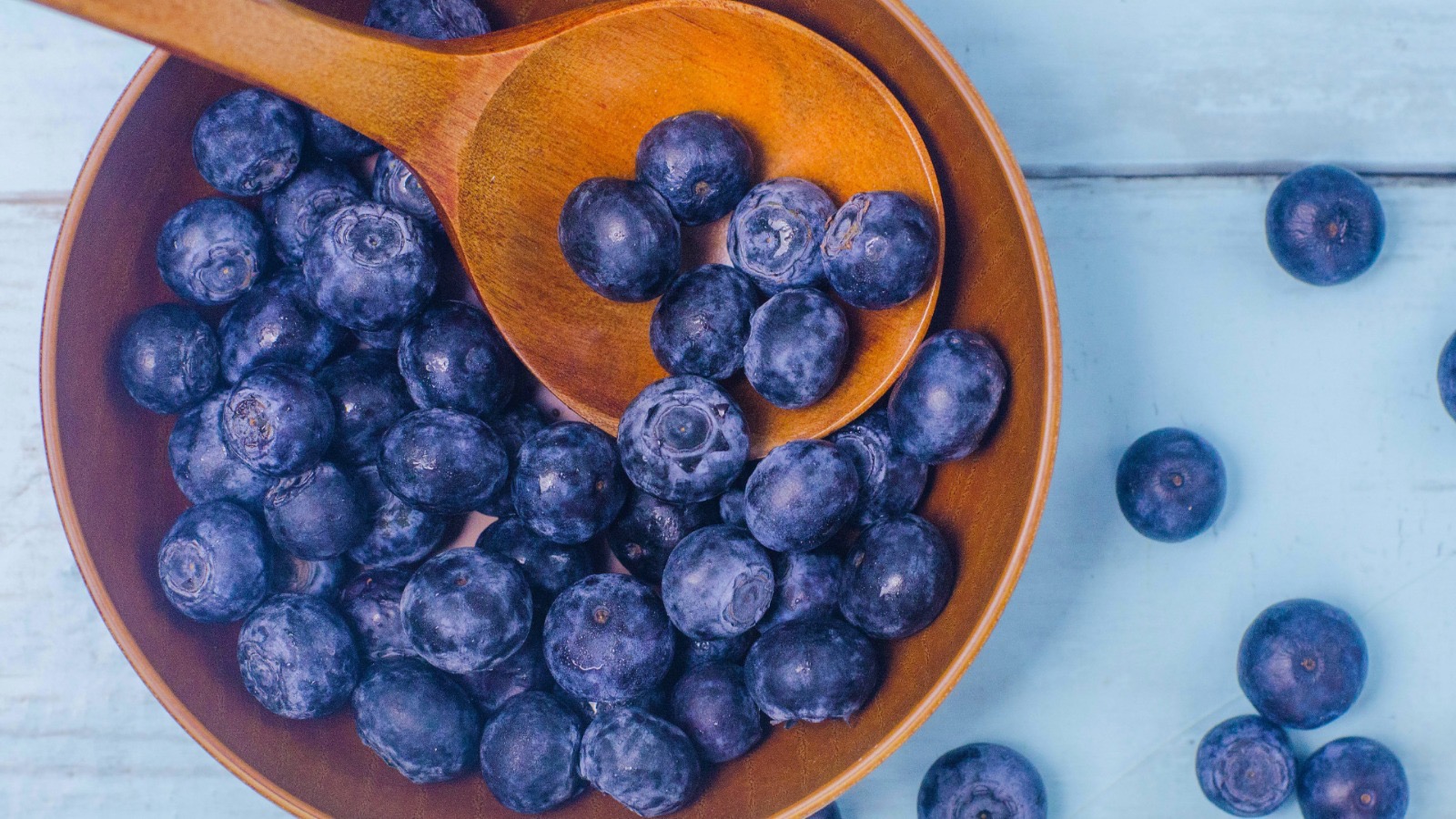 Read Now
Read Now
 Read Now
Read Now
 Read Now
Read Now
 Read Now
Read Now
 Read Now
Read Now
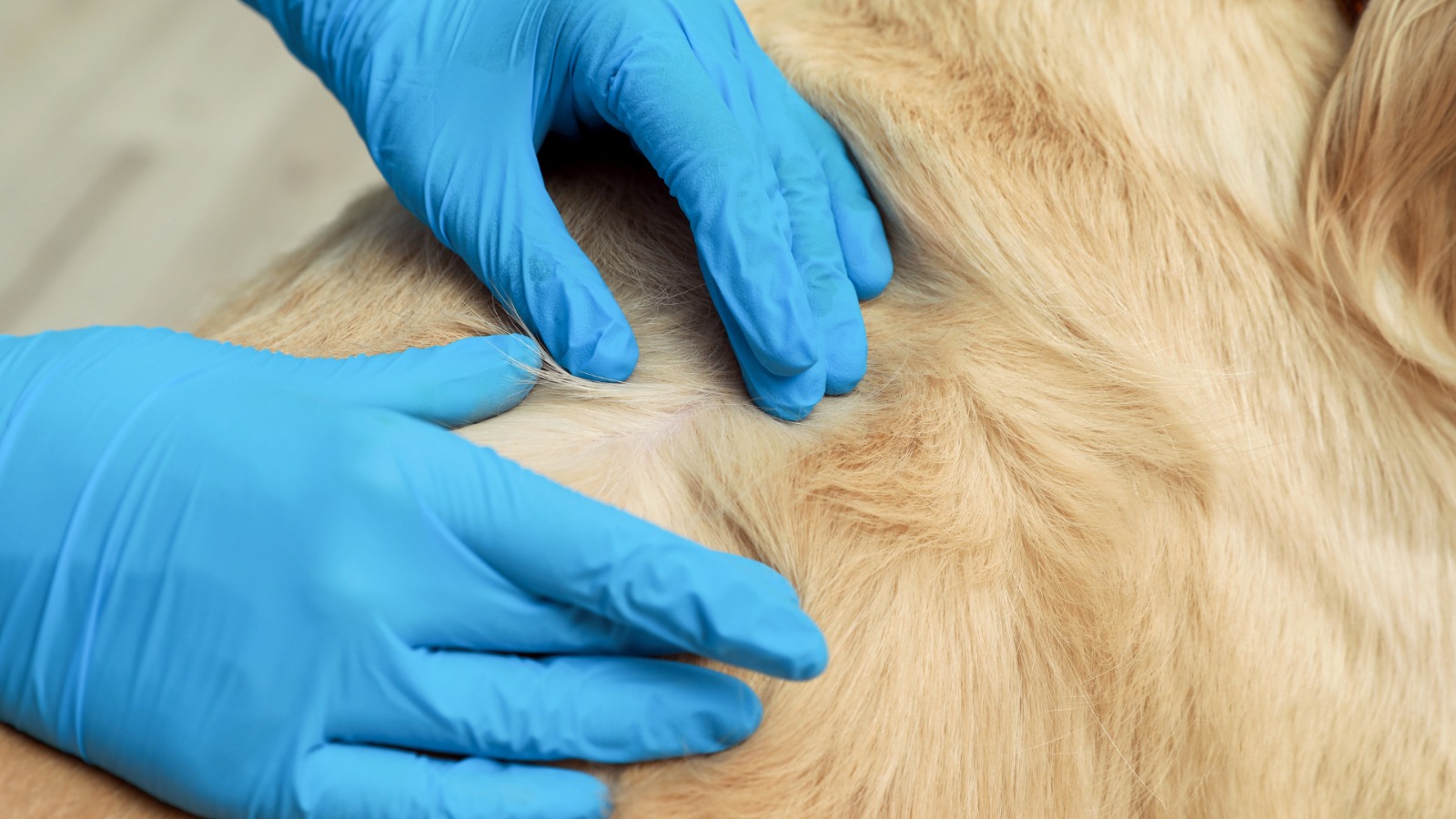 Read Now
Read Now
 Read Now
Read Now
 Read Now
Read Now
 Read Now
Read Now
 Read Now
Read Now
 Read Now
Read Now
 Read Now
Read Now
 Read Now
Read Now
 Read Now
Read Now
 Read Now
Read Now
 Read Now
Read Now
 Read Now
Read Now
 Read Now
Read Now
 Read Now
Read Now
 Read Now
Read Now
 Read Now
Read Now
 Read Now
Read Now
 Read Now
Read Now
 Read Now
Read Now
 Read Now
Read Now
 Read Now
Read Now
 Read Now
Read Now
 Read Now
Read Now
 Read Now
Read Now
 Read Now
Read Now
 Read Now
Read Now
 Read Now
Read Now
 Read Now
Read Now
 Read Now
Read Now
 Read Now
Read Now
 Read Now
Read Now
 Read Now
Read Now
 Read Now
Read Now
 Read Now
Read Now
 Read Now
Read Now
 Read Now
Read Now
 Read Now
Read Now
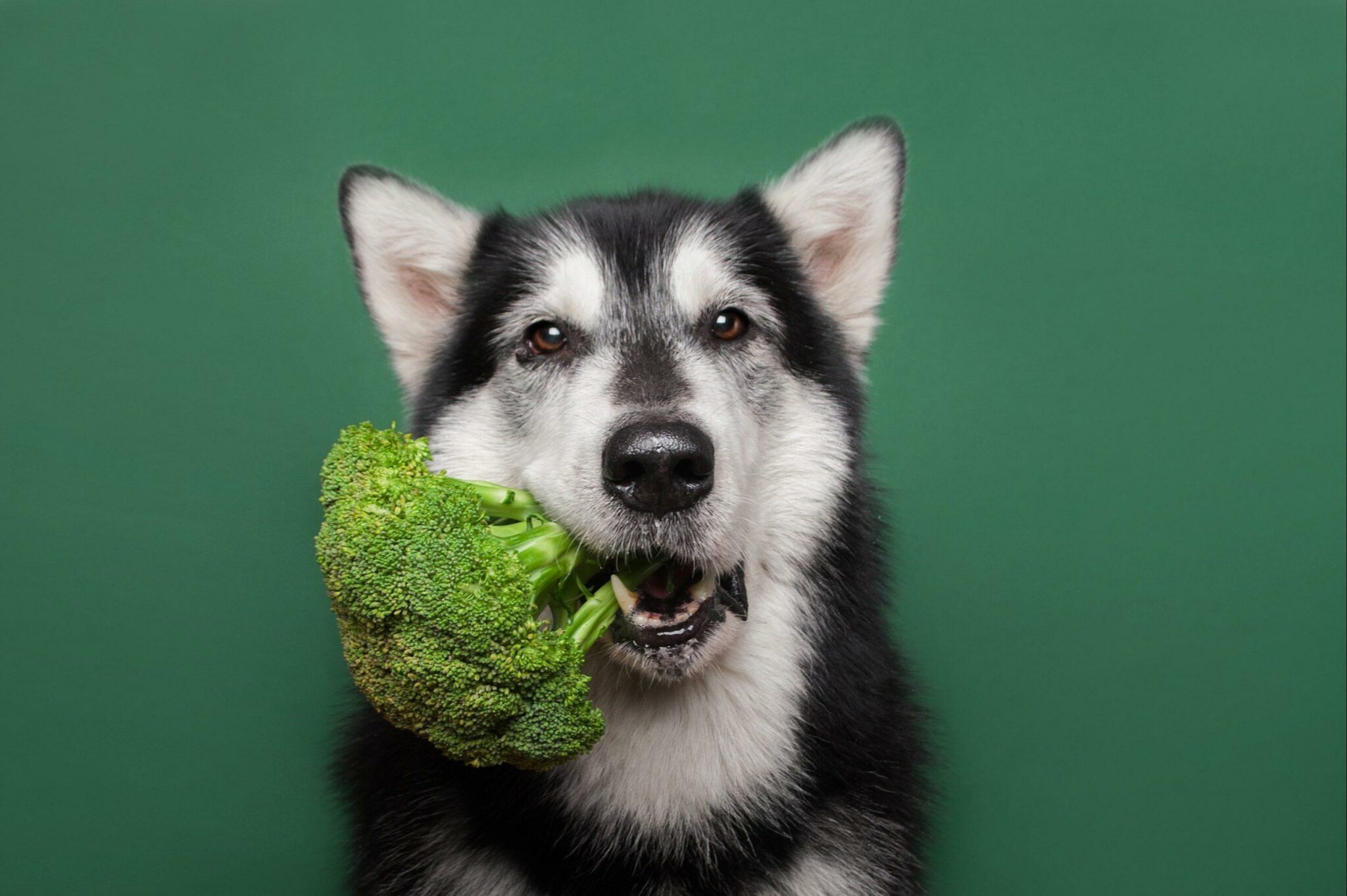 Read Now
Read Now
 Read Now
Read Now
 Read Now
Read Now
 Read Now
Read Now
 Read Now
Read Now
 Read Now
Read Now
 Read Now
Read Now
 Read Now
Read Now
 Read Now
Read Now
 Read Now
Read Now
 Read Now
Read Now
 Read Now
Read Now
 Read Now
Read Now
 Read Now
Read Now
 Read Now
Read Now
 Read Now
Read Now
 Read Now
Read Now
 Read Now
Read Now
 Read Now
Read Now
 Read Now
Read Now
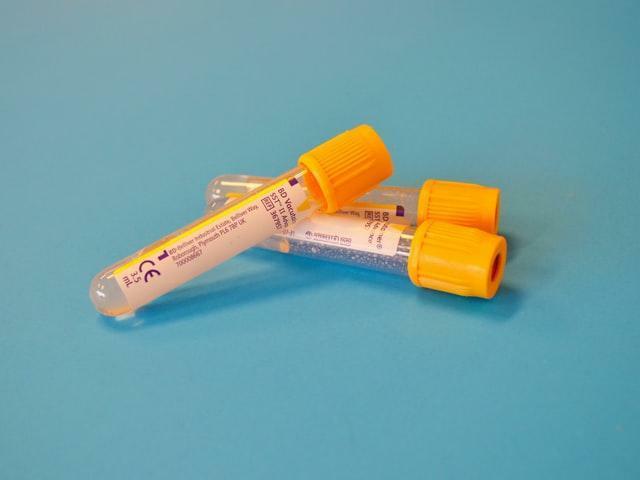 Read Now
Read Now
 Read Now
Read Now
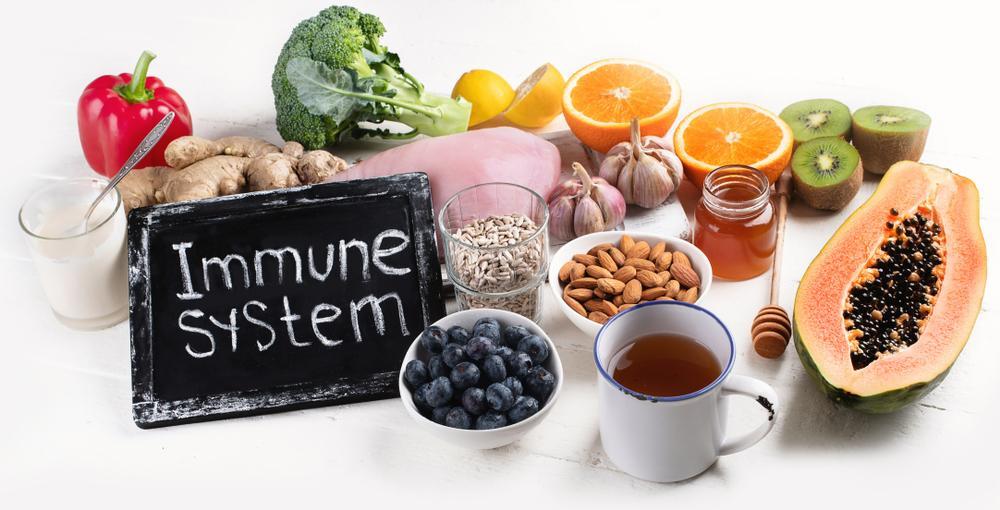 Read Now
Read Now
 Read Now
Read Now
 Read Now
Read Now
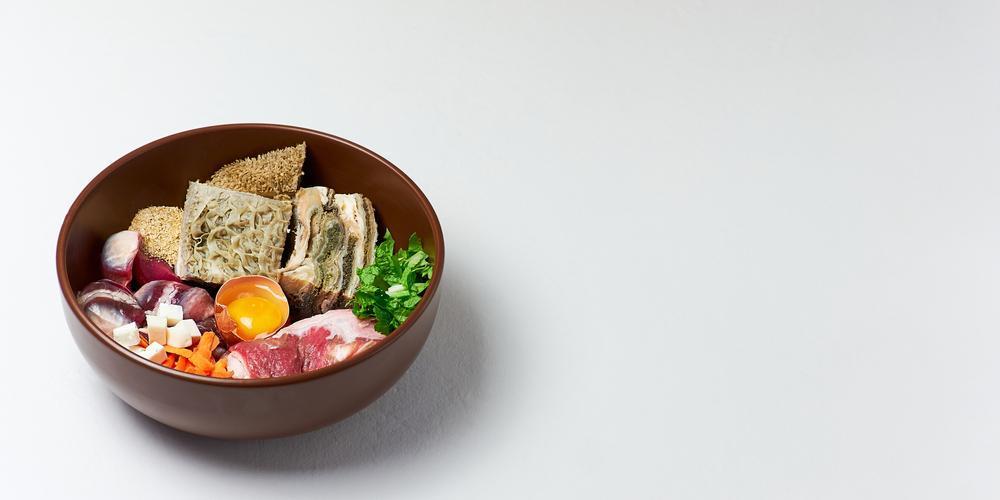 Read Now
Read Now
 Read Now
Read Now
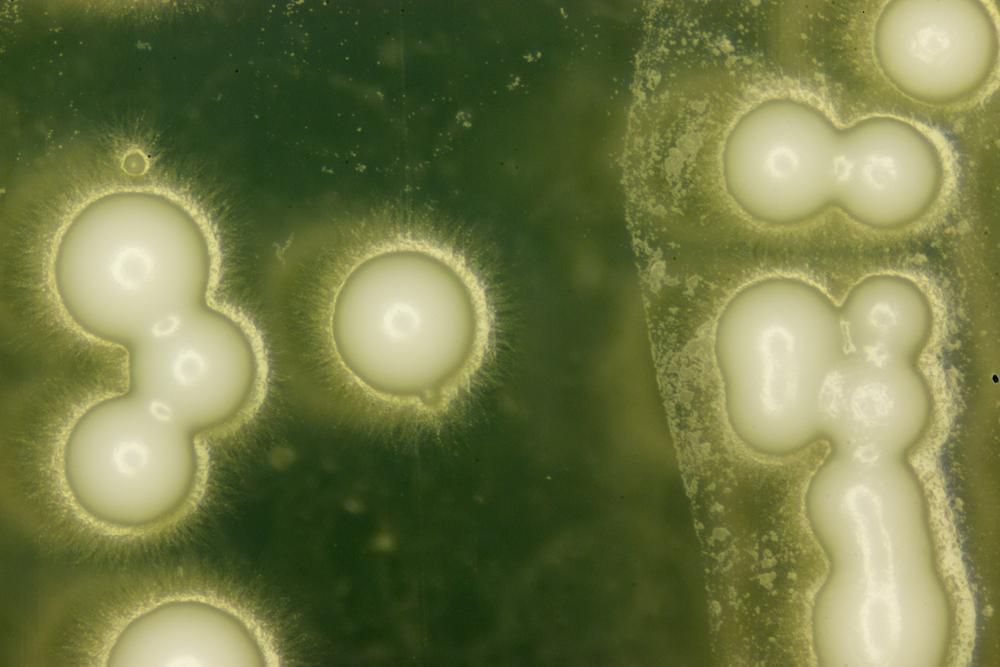 Read Now
Read Now
-
£29.99£29.99£119.00£19.99£6.99

7 Foods That Add Fibre To Your Dog’s Diet
- March 21, 2022
- 5 mins 2 secs
Fibre is a super important addition to your dog’s diet for a range of reasons, but where can we get it from? We’ve popped together 7 of our favourite foods to add to the bowl!
Let’s get cracking.
As fibre makes its way through the digestive tract, it can slow glucose absorption, which helps modulate blood sugar levels.
It can also form a gel like substance which can trap potentially harmful pathogens.
Fermentable fibres produce short chain fatty acids which have unique roles throughout the body. Not only do they contribute to maintaining a healthy gut barrier, but they are also precursors to many neurotransmitters, which directly affect mood and behaviour.
Fibre is seen to modulate insulin production, blood pressure and thought to affect cholesterol and fatty acid absorption too.
And last but not least, fibre can be a great way to modulate transit time in the gut too. Diarrhoea often results when transit time is too fast. Constipation often results when transit time is too slow. The perfect stool is a result of “just right” transit time. In addition, when this occurs, we support healthy anal gland expression. For a full expression, the faeces should be firm, and pick-up-able. This is why poor bowel movements can contribute to anal glands becoming impacted.
3 Top Tips for Anal Gland Health in Dogs
Although fibre is generally an umbrella term, there are fibres within fibres, and we often hear more about the supplemental fibres when we are talking about our canine companions.
Psyllium husk: Psyllium husk is a form of soluble fibre, it contains mucilage which swells when in contact with fluid, forming a gel. Psyllium can help to improve faecal consistency.
Slippery Elm: An insoluble fibre with mucilage properties where it creates a film, soothes, protects, and helps to heal the entire gastric system, modulating gut function. The inner bark of the Slippery Elm is not only packed with nutrients like vitamins A, B complex, C, K, Calcium, magnesium, and sodium, but it also has anti-inflammatory properties.
But we can get the benefits associated with fibre from a food first approach too!
Vitamin A helps maintain structural and functional integrity of mucosal cells in innate barriers (skin, respiratory tract etc).
Broccoli also contains a phytochemical called Indole-3-Carbinol. This compound is formed from a substance called glucobrassicin found in broccoli and other brasscia vegetables such as brussels sprouts, cabbage, collards, cauliflower, kale, mustard greens and turnips. Indole-3-carbinol is formed when these vegetables are cut, chewed, or lightly cooked and show some promise in their anti-cancer effect.
To Serve: chop and lightly steam or blend.
But berries also pack a fair punch in terms of fibre content. Great berries to include are raspberries, blueberries, and cranberries.
Apples contain a range of antioxidants meaning they can help protect against oxidative stress. Apples are also a source of vitamin C and potassium.
Mushrooms can be involved in the prevention of certain disease, the regeneration of damaged cells, the protection of tissues and cells and used during treatment of existing conditions.
The bioactive compounds of mushrooms include polysaccharides, proteins, fats, ash, glycosides, alkaloids, volatile oils, tocopherols, phenolics, flavonoids, carotenoids, folates, ascorbic acid enzymes, and organic acids.
Reishi mushrooms are adored for their immunomodulating benefits. Maiitike mushrooms have been used for their antibacterial function and cordyceps have been seen to inhibit inflammatory responses throughout the body.
Mushrooms have been seen to be:
If you are looking to add mushrooms to the bowl, cook them fully, lightly sauteed is fine.
Xanthophylls include lutein and zeaxanthin, which are both primarily associated with eye health.
Beta-carotene one of the carotenes is turned into Vitamin A and is found in those green leafy veg like spinach and kale. Vitamin A is important in maintaining healthy skin, mucous membranes and supporting a functioning immune system.
Green leafy vegetables also contain a rich source of folate, this is after all, where the name came from. Folate functions as a coenzyme in many processes in the body, it helps tissues grow and makes cells work. Folate is also involved in neurotransmitter synthesis, so it is implicated in mood and subsequently behaviour.
To Serve: Lightly steam your kale or spinach, or blitz it up in a blender, pop it in a freezer mould and add them to your dog’s bowl!
If you’d like to learn more about why fibre is important to your dog’s health, then check out our blogs below:
5 Reason’s Fibre is Your Dog’s Best Friend
Do Dogs Need Fibre?
If you are concerned about your dog’s digestive health, then please check out our services to see how we can help.
Thanks for reading,
MPN Team
Let’s get cracking.
What is Fibre?
Fibre is a non-digestible carbohydrate and it boasts a range of health benefits, for us, and our dogs.
As fibre makes its way through the digestive tract, it can slow glucose absorption, which helps modulate blood sugar levels.
It can also form a gel like substance which can trap potentially harmful pathogens.
Fermentable fibres produce short chain fatty acids which have unique roles throughout the body. Not only do they contribute to maintaining a healthy gut barrier, but they are also precursors to many neurotransmitters, which directly affect mood and behaviour.
Fibre is seen to modulate insulin production, blood pressure and thought to affect cholesterol and fatty acid absorption too.
And last but not least, fibre can be a great way to modulate transit time in the gut too. Diarrhoea often results when transit time is too fast. Constipation often results when transit time is too slow. The perfect stool is a result of “just right” transit time. In addition, when this occurs, we support healthy anal gland expression. For a full expression, the faeces should be firm, and pick-up-able. This is why poor bowel movements can contribute to anal glands becoming impacted.
3 Top Tips for Anal Gland Health in Dogs
Although fibre is generally an umbrella term, there are fibres within fibres, and we often hear more about the supplemental fibres when we are talking about our canine companions.
Psyllium husk: Psyllium husk is a form of soluble fibre, it contains mucilage which swells when in contact with fluid, forming a gel. Psyllium can help to improve faecal consistency.
Slippery Elm: An insoluble fibre with mucilage properties where it creates a film, soothes, protects, and helps to heal the entire gastric system, modulating gut function. The inner bark of the Slippery Elm is not only packed with nutrients like vitamins A, B complex, C, K, Calcium, magnesium, and sodium, but it also has anti-inflammatory properties.
But we can get the benefits associated with fibre from a food first approach too!
Fibrous Food Sources
1. Broccoli
Not only is broccoli a great source of fibre but it is packed full of vitamins and minerals. You will find vitamins A, C and E, fibre and antioxidants in these little green trees!
Vitamin A helps maintain structural and functional integrity of mucosal cells in innate barriers (skin, respiratory tract etc).
Broccoli also contains a phytochemical called Indole-3-Carbinol. This compound is formed from a substance called glucobrassicin found in broccoli and other brasscia vegetables such as brussels sprouts, cabbage, collards, cauliflower, kale, mustard greens and turnips. Indole-3-carbinol is formed when these vegetables are cut, chewed, or lightly cooked and show some promise in their anti-cancer effect.
To Serve: chop and lightly steam or blend.
2. Berries
We generally love berries because they contain anthocyanins (Greek anthos =flower and kyáneos = blue). Many studies have linked these compounds with antioxidant, anti‐inflammatory, and anti-carcinogenic properties, along with protection against both heart disease and cancer, as well as a reduction in the risk of diabetes and cognitive function disorders. In addition, they have also demonstrated antimicrobial properties, specifically in cranberries and blueberries.
But berries also pack a fair punch in terms of fibre content. Great berries to include are raspberries, blueberries, and cranberries.
3. Apples
Another snack or training treat, apples pack a fair fibre punch! Chop into slices, just remember to avoid the seeds.
Apples contain a range of antioxidants meaning they can help protect against oxidative stress. Apples are also a source of vitamin C and potassium.
4. Mushrooms
There are literally thousands of species of mushrooms on the planet, so it can be a challenge to know where to start. But they are incredible in terms of the benefits they can provide.
Mushrooms can be involved in the prevention of certain disease, the regeneration of damaged cells, the protection of tissues and cells and used during treatment of existing conditions.
The bioactive compounds of mushrooms include polysaccharides, proteins, fats, ash, glycosides, alkaloids, volatile oils, tocopherols, phenolics, flavonoids, carotenoids, folates, ascorbic acid enzymes, and organic acids.
Reishi mushrooms are adored for their immunomodulating benefits. Maiitike mushrooms have been used for their antibacterial function and cordyceps have been seen to inhibit inflammatory responses throughout the body.
Mushrooms have been seen to be:
- Anti-inflammatory
- Anti-microbial
- Antioxidant
- Prebiotic
- Anti-diabetic
If you are looking to add mushrooms to the bowl, cook them fully, lightly sauteed is fine.
5. Leafy greens
Green leafy vegetables include spinach, kale, watercress and broccoli. In green leafy vegetables you will find vitamins A, C, E and K along with many of the B-vitamins. These vegetables also contain carotenoids. Carotenoids act as an antioxidant, deactivating free-radicals and limiting the damage they can cause. There are two broad classifications of carotenoids: carotenes and xanthophylls. The latter containing oxygen, whilst the former do not.
Xanthophylls include lutein and zeaxanthin, which are both primarily associated with eye health.
Beta-carotene one of the carotenes is turned into Vitamin A and is found in those green leafy veg like spinach and kale. Vitamin A is important in maintaining healthy skin, mucous membranes and supporting a functioning immune system.
Green leafy vegetables also contain a rich source of folate, this is after all, where the name came from. Folate functions as a coenzyme in many processes in the body, it helps tissues grow and makes cells work. Folate is also involved in neurotransmitter synthesis, so it is implicated in mood and subsequently behaviour.
To Serve: Lightly steam your kale or spinach, or blitz it up in a blender, pop it in a freezer mould and add them to your dog’s bowl!
6. Carrots
You’ll notice the fibre content if you’ve ever fed these to your dog and noticed an orange tinted poop afterwards. Raw carrots can be fed as snacks or training treats, but you can also feed them cooked! A great source of carotenoids and vitamin C, carrots can support immune function and promote healthy mucosal membranes throughout the body. Carrots are a great source of prebiotic fibre.
7. Pumpkin
One of the foods all dog owners should have in! We know the benefits of feeding pumpkin when our dogs are a little under the weather, but we don’t always talk about the fibre content. Pumpkin also contains vitamins A, C, and E, as well as minerals like iron, copper and potassium. Offering pumpkin to your dog is a great way to support their digestive health.
If you’d like to learn more about why fibre is important to your dog’s health, then check out our blogs below:
5 Reason’s Fibre is Your Dog’s Best Friend
Do Dogs Need Fibre?
If you are concerned about your dog’s digestive health, then please check out our services to see how we can help.
Thanks for reading,
MPN Team
Customer Reviews
Explore related products
Related articles

Dietary NeedsGeneral HealthGut HealthDogs
How To Support Your Dog’s Brain Health
Jun 27 2024
•
11 mins 55 secs

Dietary NeedsGeneral HealthGut HealthDogs
Pooh Guide for Dogs: What’s Good, and What’s Not
May 16 2024
•
9 mins 15 secs

Dietary NeedsGeneral HealthGut HealthDogs
The Lowdown on Hypokalaemia in Pets
Mar 28 2024
•
6 mins 30 secs

Dietary NeedsGeneral HealthGut HealthDogs
All You Need to Know About Exocrine Pancreatic Insufficiency
Feb 22 2024
•
10 mins 20 secs

Dietary NeedsGeneral HealthGut HealthDogs
The Skinny on Blueberries for Dogs
Jan 31 2024
•
7 mins 46 secs

Dietary NeedsGeneral HealthGut HealthDogs
Should I Feed my Itchy Dog a Cool Protein?
Jan 18 2024
•
4 mins 40 secs

Dietary NeedsGeneral HealthGut HealthDogs
The Low Down on Spondylosis in Dogs
Dec 14 2023
•
12 mins 40 secs

Dietary NeedsGeneral HealthGut HealthDogs
The Ultimate Guide to Graves Disease in Pets
Nov 30 2023
•
11 mins

Dietary NeedsGeneral HealthGut HealthDogs
Can Stress Cause My Pet’s Disease?
Nov 23 2023
•
10 mins 30 secs

Dietary NeedsGeneral HealthGut HealthDogs
The Low Down on Keratosis
Oct 05 2023
•
4 mins 45 secs

Dietary NeedsGeneral HealthGut HealthDogs
7 Reasons Why My Dog is Biting his Paws
Sep 06 2023
•
7 mins 40 secs

Dietary NeedsGeneral HealthGut HealthDogs
Should I Feed Vegetables to my Pet?
Aug 10 2023
•
5 mins 30 secs

Dietary NeedsGeneral HealthGut HealthDogs
Is My Dog a Carnivore or an Omnivore?
Aug 03 2023
•
8 mins 30 secs

Dietary NeedsGeneral HealthGut HealthDogs
What Should I Feed My Dog with Acid Reflux?
Jul 26 2023
•
4 mins 15 secs

Dietary NeedsGeneral HealthGut HealthDogs
Hormones, and Their Role in the Body
Apr 20 2023
•
7 mins 12 secs

Dietary NeedsGeneral HealthGut HealthDogs
Help! My Dog Is Constipated!
Apr 13 2023
•
6 mins

Dietary NeedsGeneral HealthGut HealthDogs
Mast Cell Activation Syndrome
Apr 05 2023
•
4 mins 46 secs

Dietary NeedsGeneral HealthGut HealthDogs
5 Benefits of Vitamin C for Your Dog
Mar 18 2023
•
4 mins 42 secs

Dietary NeedsGeneral HealthGut HealthDogs
Why Does My Dog Urinate So Much?
Dec 08 2022
•
5 mins 30 secs

Dietary NeedsGeneral HealthGut HealthDogs
Why Does My Dog Drink So Much Water?
Nov 29 2022
•
5 mins 30 secs

Dietary NeedsGeneral HealthGut HealthDogs
Fresh Food Additions For Your Dog
Nov 07 2022
•
4 mins

Dietary NeedsGeneral HealthGut HealthDogs
Top 10 Tips to Reduce Anxiety During Fireworks Season
Nov 04 2022
•
4 mins

Dietary NeedsGeneral HealthGut HealthDogs
5 Things To Include In The Senior Dog’s Bowl
Sep 05 2022
•
4 mins 30 secs

Dietary NeedsGeneral HealthGut HealthDogs
5 Brain Games for the Nosey Dog
Aug 08 2022
•
3 mins

Dietary NeedsGeneral HealthGut HealthDogs
Things To Think About: Skin Health in Dogs
Aug 01 2022
•
7 mins 30 secs

Dietary NeedsGeneral HealthGut HealthDogs
Keeping Dogs Safe in Summer
Jul 18 2022
•
3 mins 25 secs

Dietary NeedsGeneral HealthGut HealthDogs
Should I Vaccinate My Dog Against Kennel Cough?
Jul 11 2022
•
4 mins 59 secs

Dietary NeedsGeneral HealthGut HealthDogs
Natural Remedies For Kennel Cough in Dogs
Jul 11 2022
•
4 mins 42 secs

Dietary NeedsGeneral HealthGut HealthDogs
Nutrients for Skin Health in Dogs
Jul 04 2022
•
3 mins 29 secs

Dietary NeedsGeneral HealthGut HealthDogs
The Top Five Water Hazards For Dogs
Jun 27 2022
•
3 mins 13 secs

Dietary NeedsGeneral HealthGut HealthDogs
Should I Feed My Dog, Chicken and Rice?
Jun 27 2022
•
5 mins 37 secs

Dietary NeedsGeneral HealthGut HealthDogs
4 Times You Don’t Want To Feed Veg To Your Dog
Jun 21 2022
•
3 mins 58 secs

Dietary NeedsGeneral HealthGut HealthDogs
How To Support My Dog’s Liver Shunt
Jun 20 2022
•
4 mins 46 secs

Dietary NeedsGeneral HealthGut HealthDogs
Could My Dog’s Coat Type Contribute to Skin Issues?
Jun 16 2022
•
7 mins

Dietary NeedsGeneral HealthGut HealthDogs
Help! My Dog’s Ears Are Itchy!
Jun 14 2022
•
3 mins 38 secs

Dietary NeedsGeneral HealthGut HealthDogs
The Neuroscience of Pain In Pets
Jun 07 2022
•
5 mins 32 secs

Dietary NeedsGeneral HealthGut HealthDogs
3 Tips to Support Your Pet’s Urinary Health
May 26 2022
•
4 mins 46 secs

Dietary NeedsGeneral HealthGut HealthDogs
What Does the Microbiome Have to Do With My Dog’s Bladder Stones?
May 24 2022
•
6 mins 39 secs

Dietary NeedsGeneral HealthGut HealthDogs
Does the Breed of My Dog Influence their Test Results?
May 19 2022
•
2 mins 56 secs

Dietary NeedsGeneral HealthGut HealthDogs
The Nutritional Needs of the Senior Dog
May 12 2022
•
5 mins 26 sec

Dietary NeedsGeneral HealthGut HealthDogs
Supporting The Senior Dog’s Cognitive Function
May 05 2022
•
5 mins 58 secs

Dietary NeedsGeneral HealthGut HealthDogs
Do Herbs Have a Place in Canine Osteoarthritis?
May 03 2022
•
4 mins 35 secs

Dietary NeedsGeneral HealthGut HealthDogs
5 Tips to Support Your Seasonally Itchy Dog
Apr 26 2022
•
4 mins 50 secs

Dietary NeedsGeneral HealthGut HealthDogs
Using Nutrition to Support The Stressed Dog
Apr 13 2022
•
8 mins 11 secs

Dietary NeedsGeneral HealthGut HealthDogs
4 Nutrients For The Fussy Eating Dog
Apr 11 2022
•
3 mins 58 secs

Dietary NeedsGeneral HealthGut HealthDogs
7 Foods That Add Fibre To Your Dog’s Diet
Mar 21 2022
•
5 mins 2 secs

Dietary NeedsGeneral HealthGut HealthDogs
What Are Phytochemicals and Does My Dog Need Them?
Mar 14 2022
•
4 mins 46 secs

Dietary NeedsGeneral HealthGut HealthDogs
Nutrition for the Recovering Dog
Mar 14 2022
•
5 mins 18 secs

Dietary NeedsGeneral HealthGut HealthDogs
What is Addison’s Disease in Dogs?
Mar 07 2022
•
2 mins 40 secs

Dietary NeedsGeneral HealthGut HealthDogs
Can My Dog Eat Raw Eggs?
Feb 28 2022
•
3 mins 48 secs

Dietary NeedsGeneral HealthGut HealthDogs
What is Canine Epilepsy?
Feb 22 2022
•
4 mins 56 secs

Dietary NeedsGeneral HealthGut HealthDogs
Does My Dog Have A Gut-Skin Axis?
Feb 14 2022
•
4 mins 48 secs

Dietary NeedsGeneral HealthGut HealthDogs
5 Wonderful Herbs for Dog Joint Care
Feb 07 2022
•
5 mins 3 secs

Dietary NeedsGeneral HealthGut HealthDogs
Why Does My Dog Need Vitamins? Part Two – The Water-Soluble Vitamins
Jan 24 2022
•
6 mins 42 secs

Dietary NeedsGeneral HealthGut HealthDogs
Why Does My Dog Need Vitamins? Part One – The Fat-Soluble Vitamins
Jan 24 2022
•
5 mins 51 secs

Dietary NeedsGeneral HealthGut HealthDogs
4 Superfoods for Liver Health in Dogs
Jan 19 2022
•
4 mins 15 secs

Dietary NeedsGeneral HealthGut HealthDogs
The Importance of Sleep
Jan 04 2022
•
8 mins 15 secs

Christmas Calm: Our Top Nutritional Tips to Support Your Canine
Dec 22 2021
•
2 mins 43 secs

Dietary NeedsGeneral HealthGut HealthDogs
Feeding Bones: A Mini Guide To Bones
Dec 07 2021
•
5 mins 56 secs

Dietary NeedsGeneral HealthGut HealthDogs
5 Tips For Anxiety in Dogs
Oct 21 2021
•
4 mins 6 secs

Dietary NeedsGeneral HealthGut HealthDogs
Top Tips to Help Your Dog Lose Weight
Sep 16 2021
•
5 min read

Dietary NeedsGeneral HealthGut HealthDogs
Kennel Cough: A Natural Guide
Sep 09 2021
•
7 min read

Dietary NeedsGeneral HealthGut HealthDogs
Why Does My Dog Have Warts?
Aug 02 2021
•
6 min read

Dietary NeedsGeneral HealthGut HealthDogs
The Lowdown on Liver Shunts in Dogs
Jun 28 2021
•
6 min read

Dietary NeedsGeneral HealthGut HealthDogs
The Importance of Nature for Human and Dog Health
May 12 2021
•
5 min read

Dietary NeedsGeneral HealthGut HealthDogs
Periodontal Disease in Dogs
May 04 2021
•
7 min read

Dietary NeedsGeneral HealthGut HealthDogs
Does My Dog Need an Allergy Test?
Apr 26 2021
•
7 min read

Dietary NeedsGeneral HealthGut HealthDogs
How Food Affects Your Dog’s Behaviour
Apr 22 2021
•
10 min read

Dietary NeedsGeneral HealthGut HealthDogs
10 Top Foods For Your Dog’s Immunity
Mar 17 2021
•

Dietary NeedsGeneral HealthGut HealthDogs
The Dog’s Digestive System
Mar 12 2021
•
7 min read

Dietary NeedsGeneral HealthGut HealthDogs
Dogs in pain – what is it and how to look for it?
Jan 28 2021
•
8 min read

Dietary NeedsGeneral HealthGut HealthDogs
Fresh Food to Add to Your Dog’s Bowl
Jan 26 2021
•
6 min read

Dietary NeedsGeneral HealthGut HealthDogs
How Much Sleep Should My Dog Get?
Dec 15 2020
•
12 min read

Dietary NeedsGeneral HealthGut HealthDogs
Is Your Dog A Yeasty Beast?
Dec 09 2020
•
8 min read
✕















